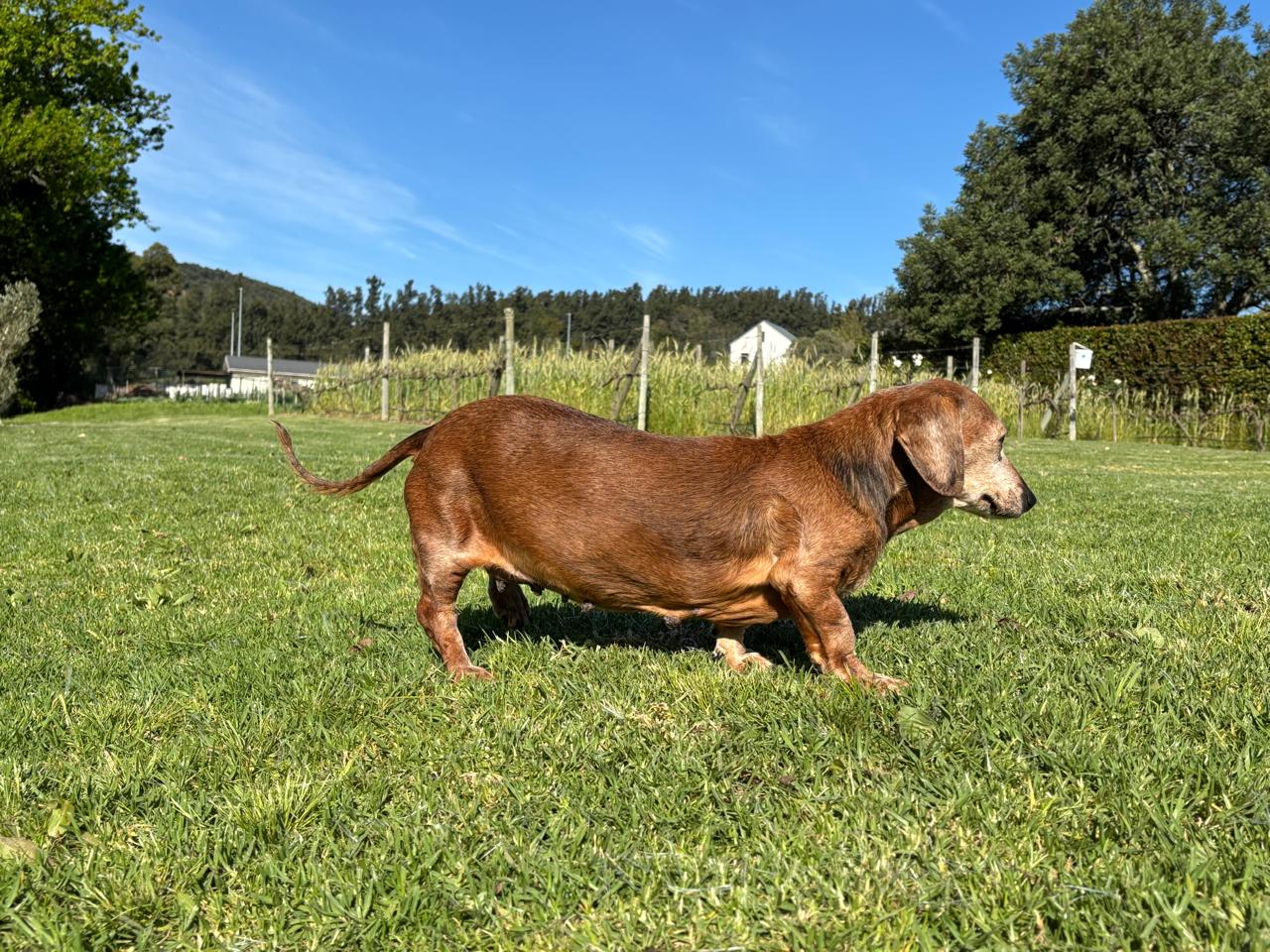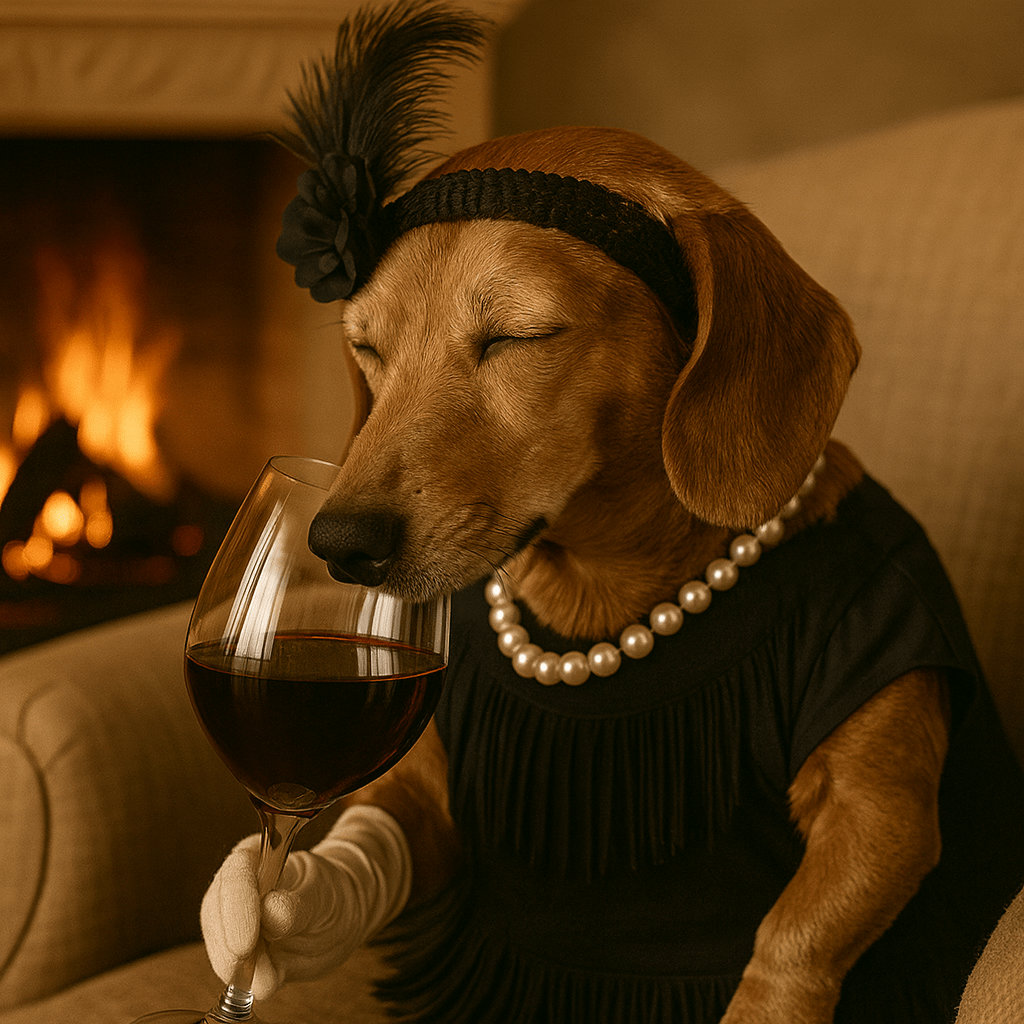Hello, dear reader. I’m Lassy. For years, I sat by the fire after long days in the cellar, tasting my way through glasses of red, white, and rosé. People often think wine tasting is a secret skill reserved for sommeliers and connoisseurs, but the truth is anyone can learn it. Tasting wine isn’t about being fancy, it’s about slowing down and noticing.
By the end of this guide, you’ll be swirling, sniffing, and sipping like a seasoned taster. All you need to remember are the five S’s: See, Swirl, Sniff, Sip, Savour.
Why Tasting Matters
Wine is more than a drink, it’s an experience. Each bottle carries the story of the soil, the grape, and the season. When you taste with attention, you connect with that story.
Think about how you enjoy a good cup of coffee or freshly baked bread. You notice the aroma, the warmth, and the flavour. Wine is the same: it deserves to be experienced with all your senses.
Did you know?
- The human nose can detect over 1 trillion scents, while the tongue recognises only five basic tastes: sweet, sour, salty, bitter, and umami.
- This means sniffing your wine is just as important as sipping it.

Taking a lazy stroll through the vinyard.
The Five S’s of Wine Tasting
See – Let Your Eyes Drink First
Before wine ever touches your lips, your eyes are the first to taste it. Hold your glass against a plain background; a white napkin, a piece of paper, or even a cream wall. Notice the colour. Is it pale lemon like morning sunlight, or golden like honey? For reds, does it glow with youthful purple hues or show signs of maturity with brick or tawny tones?
Look at the clarity. A clear wine suggests careful winemaking, while a cloudy one might be unfiltered or faulty. Then, tilt the glass slightly. Do you see the “legs” or “tears” slowly sliding down the inside? These indicate alcohol and sugar levels; slower, thicker legs often mean a richer, fuller wine.
Pro tip from Lassy:
Think of colour as a preview. Just as a book cover gives you a clue about the story, wine’s colour hints at its age, style, and even flavour profile.
- White wines deepen in colour as they age (from pale lemon to golden).
- Red wines lighten with age (from purple to ruby to brick-red).
Swirl – Wake the Wine Up
Swirling is more than theatre — it’s science. When you gently rotate the wine in your glass, you increase its contact with air, helping to release aromatic compounds. These are the first whispers of the wine’s personality.
If you’re nervous, place the base of the glass on a flat surface and draw small circles. With practice, you’ll be swirling mid-air like a pro. As the liquid coats the glass, notice how it clings or flows. A wine that forms thick, slow-moving streaks may be high in alcohol or sugar, while lighter wines move quickly and cleanly.
Pro tip from Lassy:
A quick swirl is like opening a window in a stuffy room. Suddenly, everything inside the wine comes alive.
Try This at Home
Pour two tastings of the same wine. Swirl one, leave the other still. Smell both. Notice how the swirled glass has more pronounced aromas? That’s the magic of a swirl.
Sniff – Unlock the Aromas
Your nose is your greatest ally in tasting. Bring the glass to your nose, close your eyes if you like, and take a gentle sniff. Avoid big gulps of air — short, delicate breaths reveal more.
At first, you might only notice one or two scents. That’s perfectly fine. Over time, your nose will pick up more. Aromas fall into three main categories:
- Primary aromas – from the grape itself. Think fresh fruit, flowers, or herbs.
- Secondary aromas – from winemaking. Yeast, butter, cream, or bread-like smells.
- Tertiary aromas – from ageing in bottle or barrel. Vanilla, smoke, leather, dried fruit, even earthy notes.
Pro tip from Lassy:
Don’t be afraid to say what you smell – even if it’s something unusual, like pencil shavings or wet stone. Wine aromas are personal.”
Common Aromas
- Sauvignon Blanc: gooseberry, lime, freshly cut grass.
- Chardonnay: apple, butter, vanilla.
- Cabernet Sauvignon: blackcurrant, cedar, tobacco.

Poor thing, she was concentrating so hard she missed the glass. Old age!!!
Sip – Let Flavour Dance on Your Tongue
Now the moment you’ve been waiting for: tasting. Take a small sip and let the wine roll gently around your mouth. Different parts of your tongue detect different tastes:
- Sweetness on the tip.
- Acidity on the sides.
- Bitterness at the back.
- Umami spread across the tongue.
Notice the mouthfeel: is the wine light and crisp, or heavy and velvety? Pay attention to the balance between fruitiness, acidity, tannins, and alcohol. A good wine feels harmonious, like an orchestra where no instrument drowns out the others.
Pro tip from Lassy:
Breathe in slightly as you sip. A touch of air in your mouth helps release hidden flavours, just like adding oxygen to a fire makes it burn brighter.
Savour – Linger with the Finish
After swallowing (or spitting, if you’re at a tasting), pause. This is where the wine tells its final story. The “finish” is how long the flavours linger. A short finish might fade in seconds, while a long one can stay with you for half a minute or more.
Pay attention to what remains: is it fruity, spicy, smoky, or perhaps unexpectedly savoury? A long, layered finish is often the sign of a well-made wine.
Pro tip from Lassy:
Savouring is about memory. Ask yourself, what’s the last note this wine leaves me with? That’s the mark it makes on your palate, and your heart.
- Short Finish: Flavour fades quickly.
- Long Finish: Flavour lingers on your palate, often a sign of quality.
Common Mistakes Beginners Make
Even the best tasters started somewhere. Here are a few traps to avoid:
- Drinking too fast (slow down, wine rewards patience).
- Wearing strong perfume or aftershave (it masks aromas).
- Filling the glass too high (you need room to swirl).
- Forgetting to have fun (wine isn’t a test, it’s a pleasure).
Closing Thoughts from Lassy
Wine tasting isn’t about perfection; it’s about presence. Every glass has a story, and you don’t need years of training to enjoy it. Remember the five S’s — See, Swirl, Sniff, Sip, Savour — and you’ll already be tasting like an expert.
Next time you pour yourself a glass of Long Dog Blend, take a moment with me to notice the colours, the aromas, and the finish. You’ll be amazed at what you discover.
Lassy, Retired Wine Taster at Long Dog Wines

